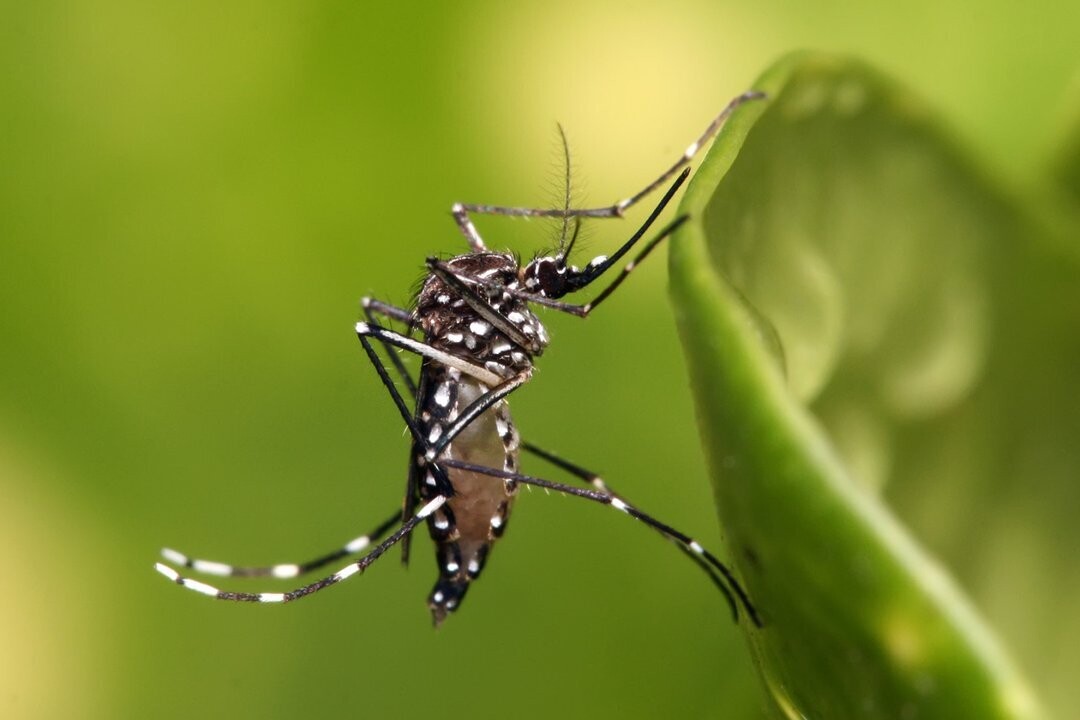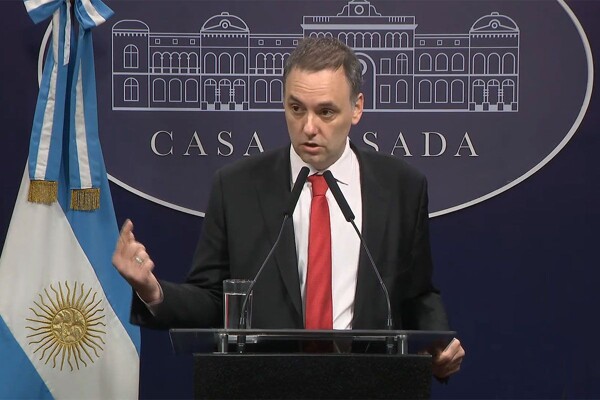
A document prepared by the Committee for Monitoring Severity and Mortality from Dengue, coordinated by the Ministry of Health of the Nation, establishes guidelines to address secondary dengue infections. According to the report, most secondary infections do not develop into severe forms. However, it is highlighted that the occurrence of severe forms of the disease is multifactorial, depending on both the patient's conditions and the characteristics of the virus.
The document emphasizes the importance of early consultation with health services as a fundamental measure to mitigate the negative consequences of dengue during an epidemic. It also notes that disease prevention, both for individuals who have had dengue previously and for those who have not, consists of eliminating breeding sites for the Aedes aegypti mosquito and taking protective measures to avoid bites.
In case of a second infection, it is recommended to start with abundant hydration and consult a medical service. Among the factors that may influence the severity of secondary infections are: the health status of individuals, age, socio-environmental factors, delays in medical attention, among others. The document is based on scientific evidence from research conducted in the last five years on severe dengue and secondary infections.
Specific recommendations are made for the population in the event of symptoms compatible with dengue, such as fever, headache, muscle pain, and general malaise. The importance of recognizing warning signs, seeking medical attention early, and receiving timely diagnosis to prevent severe forms of the disease is emphasized.














